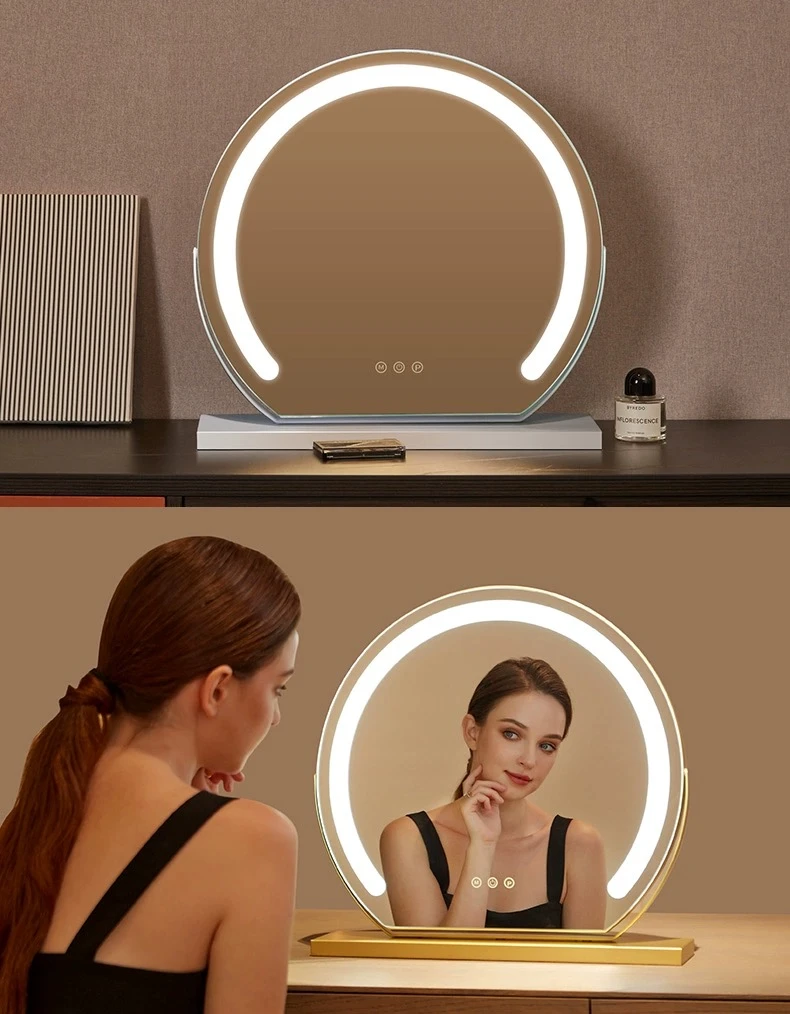

Exploring Low-E 366 Glass with Argon The Ultimate Energy-Efficient Solution
In an era where energy efficiency has become paramount, the quest for building materials that reduce energy consumption and provide superior insulation is more critical than ever. One such advancement in glass technology is Low-E 366 glass filled with argon gas. This innovative product showcases remarkable properties that make it an excellent choice for modern architectural designs, particularly when considering energy efficiency, comfort, and sustainability.
Understanding Low-E Glass
Low-E glass, short for low emissivity glass, features a thin metallic coating that reflects heat back into the building while allowing natural light to enter. The 366 designation refers to the specific performance characteristics of this type of glass. It reflects a portion of the sun's infrared radiation while allowing visible light to pass through. This distinctive feature ensures that interiors remain bright and inviting without the excessive heat gain typically associated with traditional glass.
Low-E glass is divided into two types hard-coat and soft-coat. Hard-coat Low-E glass is typically produced during the manufacturing process and is more durable, while soft-coat Low-E glass is applied as a coating, offering better performance in terms of thermal insulation and solar control. The choice between these types can significantly impact energy efficiency in buildings, making the selection process pivotal for architects and builders.
The Role of Argon Gas
To enhance the thermal performance of Low-E 366 glass, it is often filled with argon gas, a colorless, odorless non-toxic gas that is denser than air. The use of argon in double or triple-pane windows helps reduce heat transfer by providing better insulation than standard air-filling. Since argon is an inert gas, it does not react with other substances, ensuring durability and stability over time.
The combination of Low-E 366 glass and argon gas can significantly decrease heating and cooling costs. Buildings equipped with this type of glazing system can maintain a constant internal temperature, thereby reducing the load on HVAC systems. This is particularly important in climates with extreme temperatures, where energy bills can skyrocket due to heating or cooling demands.

Benefits of Low-E 366 Glass with Argon
1. Energy Efficiency The primary advantage of Low-E 366 glass filled with argon is its energy efficiency. Studies have shown that windows comprising this technology can lower energy consumption by an impressive percentage, making them an excellent investment for homeowners and businesses alike.
2. Comfort By minimizing heat loss in winter and reducing heat gain in summer, Low-E 366 glass helps create a comfortable indoor environment year-round. Consumers and occupants benefit from consistently moderate temperatures, which greatly enhances overall satisfaction.
3. UV Protection Low-E glass also provides a barrier against ultraviolet (UV) rays, which can cause furniture, fabrics, and flooring to fade over time. By filtering out these harmful rays, this glass protects interior spaces from unnecessary wear and tear.
4. Aesthetic Appeal With Low-E 366 glass, manufacturers have successfully combined performance with aesthetics. The glass allows high levels of natural light to enter without compromising the view, making it ideal for residential, commercial, and any design-focused applications.
5. Sustainability Using energy-efficient materials like Low-E 366 glass filled with argon supports sustainable building practices. By reducing energy consumption, buildings have a lower carbon footprint, contributing to environmental conservation efforts.
Conclusion
In conclusion, Low-E 366 glass filled with argon represents a modern solution for energy-efficient building projects. Its ability to regulate heat gain and loss, combined with excellent visible light transmission and UV protection, makes it a superior choice for architects and builders focused on sustainability, comfort, and aesthetic quality. As society shifts toward more environmentally conscious practices, the demand for such cutting-edge materials will only continue to grow, paving the way for a greener future. Investing in Low-E 366 glass with argon not only benefits individual buildings but also contributes to broader sustainability goals, illustrating the importance of innovation in the construction and design industries.